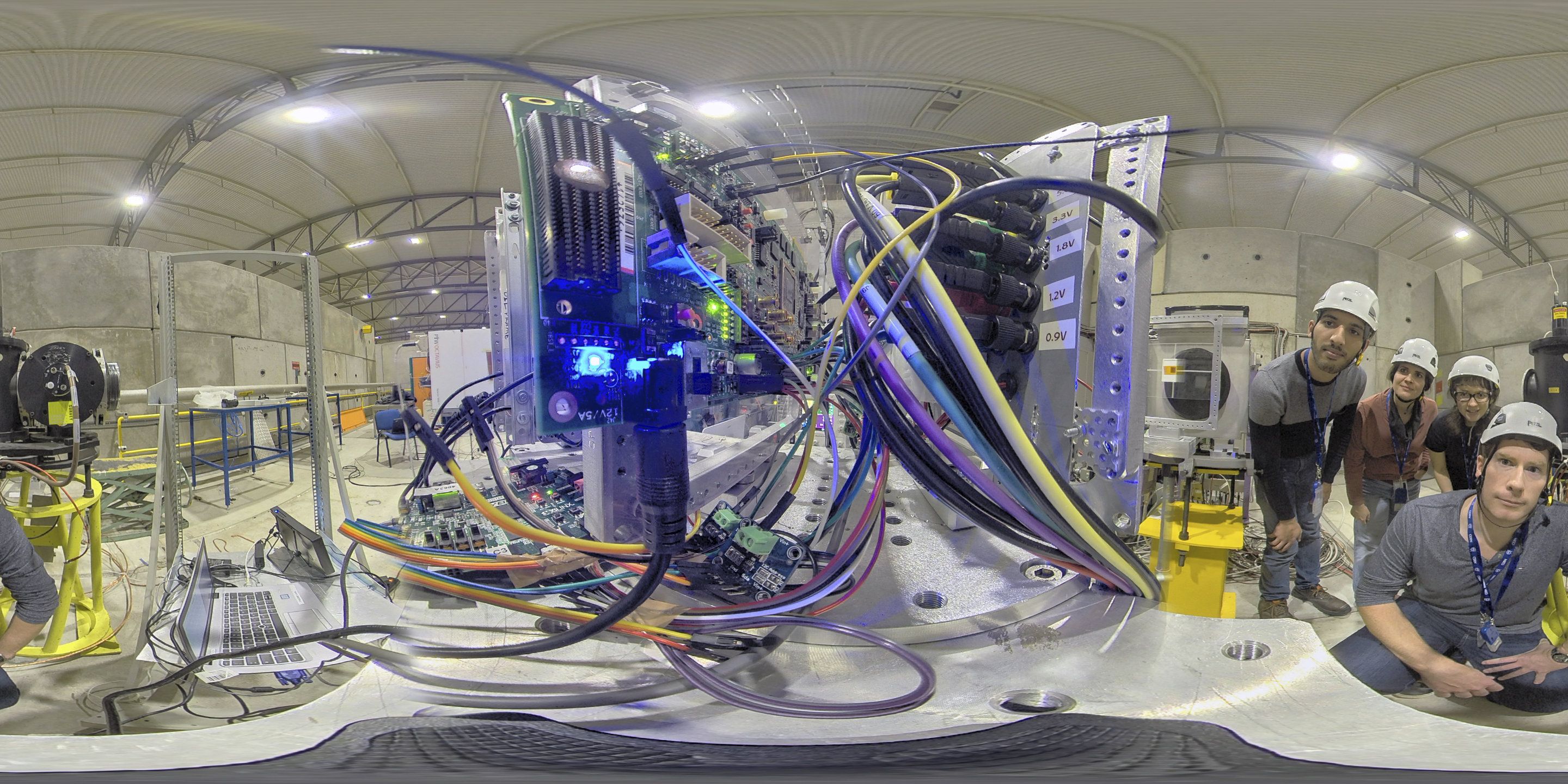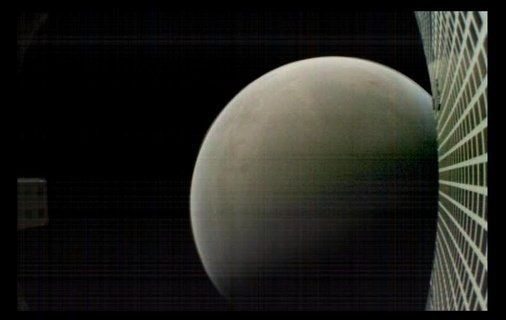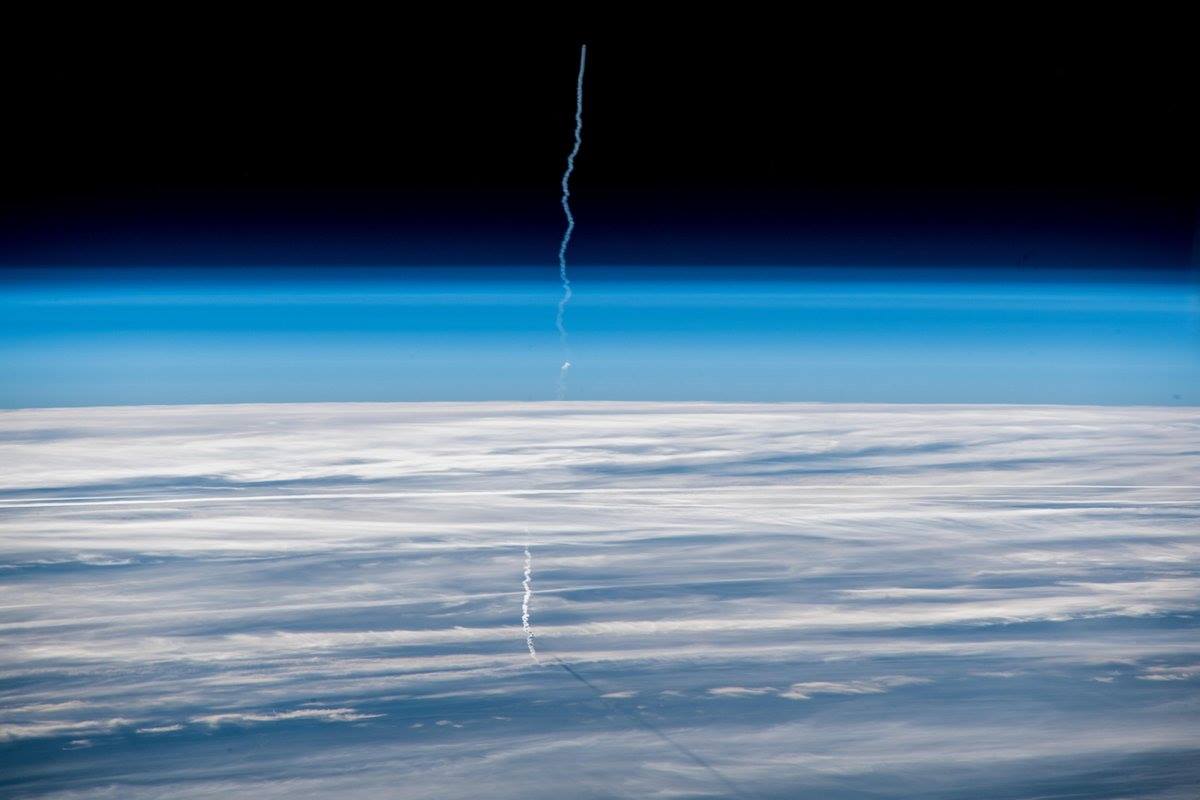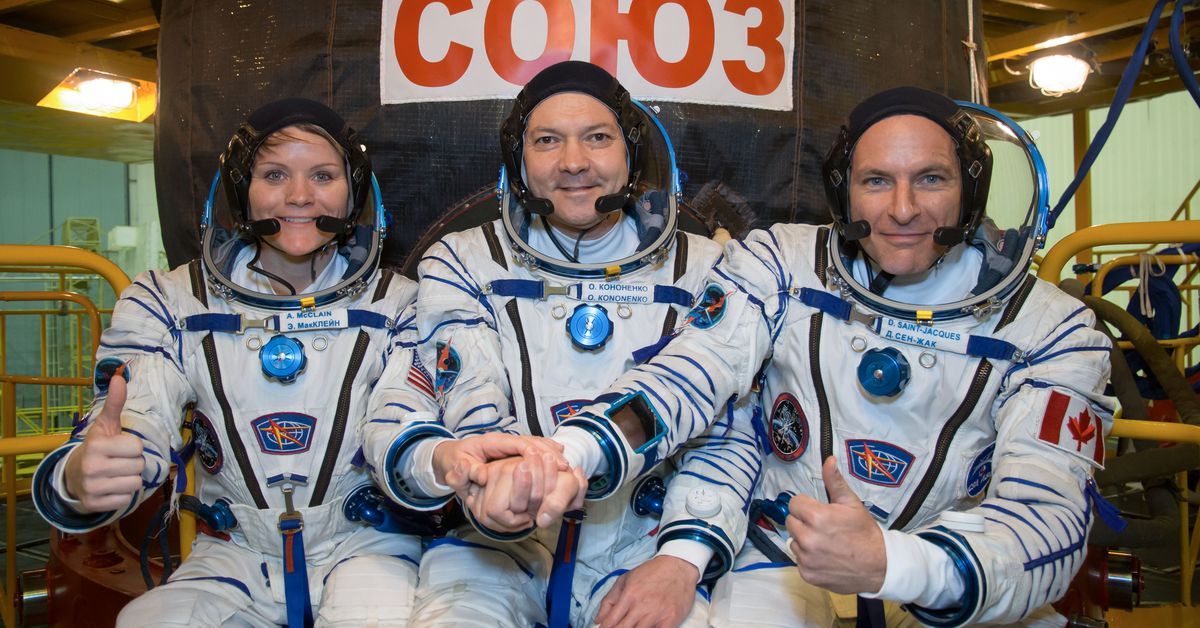How CERN is using enterprise asset management from Infor and ramping up the automation of its IT services to plumb the depths of the universe.



An ESA-led team subjected Intel’s new Myriad 2 artificial intelligence chip to one of the most energetic radiation beams available on Earth. This test of its suitability to fly in space took place at CERN, the European Organization for Nuclear Research. The AI chip is related in turn to an ESA-fostered family of integrated circuits.

Not only did NASA’s Insight probe make it down to the surface of Mars, but part of the support system for the mission took their first, and last, close up peek at the red planet. https://bit.ly/2UgwmHY&h=AT1M4EEI8SBcHDGIg7qDLpkauTEHcWZ6QCn…HKZoQvgkWA
As NASA’s InSight mission lands on Mars, its companions sail onward.



Over the next year, OSIRIS-REx will survey the asteroid using five scientific instruments on board the spacecraft. These instruments will help it determine a safe location from which to collect a small sample from Bennu’s surface that will be returned to Earth in September 2023.
“Bennu’s low gravity provides a unique challenge for the mission,” said Rich Burns, OSIRIS-REx project manager at NASA’s Goddard Space Flight Center. “At roughly 0.3 mile in diameter, Bennu will be the smallest object that any spacecraft has ever orbited.”
The space rock could hold clues to the origins of our solar system, and maybe even life on Earth.



Gardens are good for you. Having 10 per cent more green space in your surroundings can bring health improvements roughly equivalent to being five years younger, according to one study – even when other possible influences like socio-economic status are taken into account. Others have found that people who tend allotments are healthier and have higher self-esteem and well-being, and that each session on their plot is linked to a decrease in the level of the stress hormone cortisol.
So there are lots of reasons to get outside and get growing. Plenty of advice has remained gardening gospel despite going against the laws of nature. We’ve pruned back some of horticulture’s hardiest myths to help you along.